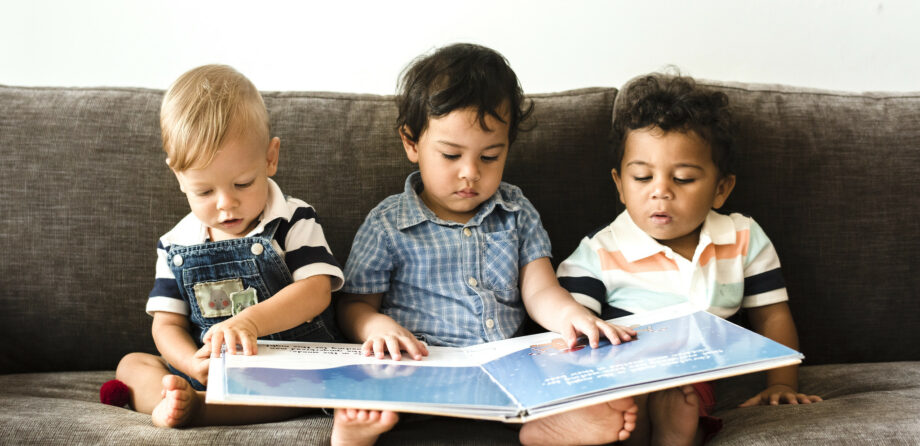
Emotional literacy
During this pandemic – and any other time – children have big emotions that they sometimes struggle to control. Well, let’s face it, as adults we do too.
Stacy Mann has kindly offered to share her expertise as a Relax Kids and Charge-Up coach in this blog post to support the sector with emotional literacy.
Emotional literacy is the skill of being able to communicate emotions, having words to name emotions, vocabulary to describe how it feels and how to express them freely.
A typical day starts with a huge rush, lots to do and what feels like not enough time to do it. A lack of sleep the day before and a change in routine over the weekend. Hidden anxiety of something coming up.
Someone criticises something you do, and you snap back at them, or even shout! Is it because they criticised you? Probably not.
It is most likely the emotional build-up, the number of things that are going on in your brain that are often out of your control. It is when we tune in and see the situation from the child’s point of view that we realise that they are learning and coping in the best way they know-how.
At this difficult time, children are picking up on lots of negative energies around them and will be showing you through their behaviour. This is their communication. They may not even know why. I certainly don’t know why I feel sad or angry or frustrated some days.
So, as adults, parents and educators, we need to support children in developing their emotional literacy and this can be done in a number of ways.
Here are my top five tips:
Making space for the emotion: this involves us being comfortable with the emotions, however big they are and managing our own calm. A few seconds of pause can always help with this. Make sure you are not in a massive hurry to stop the emotion.
Name the emotions: This will help the child in the future when the feelings in their body are similar. Dialogue such as ‘that looks really frustrating for you’ or ‘I can see how angry you are feeling right now’. Be close and stay calm.
Teach and model how to remain calm: I like to liken this to learning how to read or learning how to write. Practise makes permanent. If they see how you respond to anger, fear, danger etc. they will often imitate. How can we expect them to ‘calm down’ if we haven’t given them the tools? A calm box is a lovely way to support children in different ways. In the moment, calming could be deep breaths, stamping feet or a cuddle.
Unique child: Just like we have to figure out for ourselves what works best for us, we have to find out what motivates children in our care too. For example, a cuddle maybe the best thing to calm some children’s anger down, others may need a safe space to thrash it out. Whilst massage is a lovely way to relax the nervous system, other children may prefer to use a sensory ball or a feather. Be curious and find out what motivates them.
Stories: We know how powerful stories can be and we can use them to support emotional literacy. Talk about how the characters are feeling, suggest words other than happy and sad. Use your own real-life stories too. For example, ‘I got frustrated yesterday when there were no car parking spaces outside, I was already late’. Explain how you dealt with it or ask them what you could do next time.
Remember that even if some children are not communicating well or are not at an age where they have all the vocabulary they need; you can still start to coach and teach emotional literacy.
Narrate what is going on and how they might be feeling. It all helps to empower and build their confidence in being comfortable with emotions.
Similar Articles
Family voices, stronger nurseries: Tips for parent surveys

Summer sensory exploration: What’s in the box?


